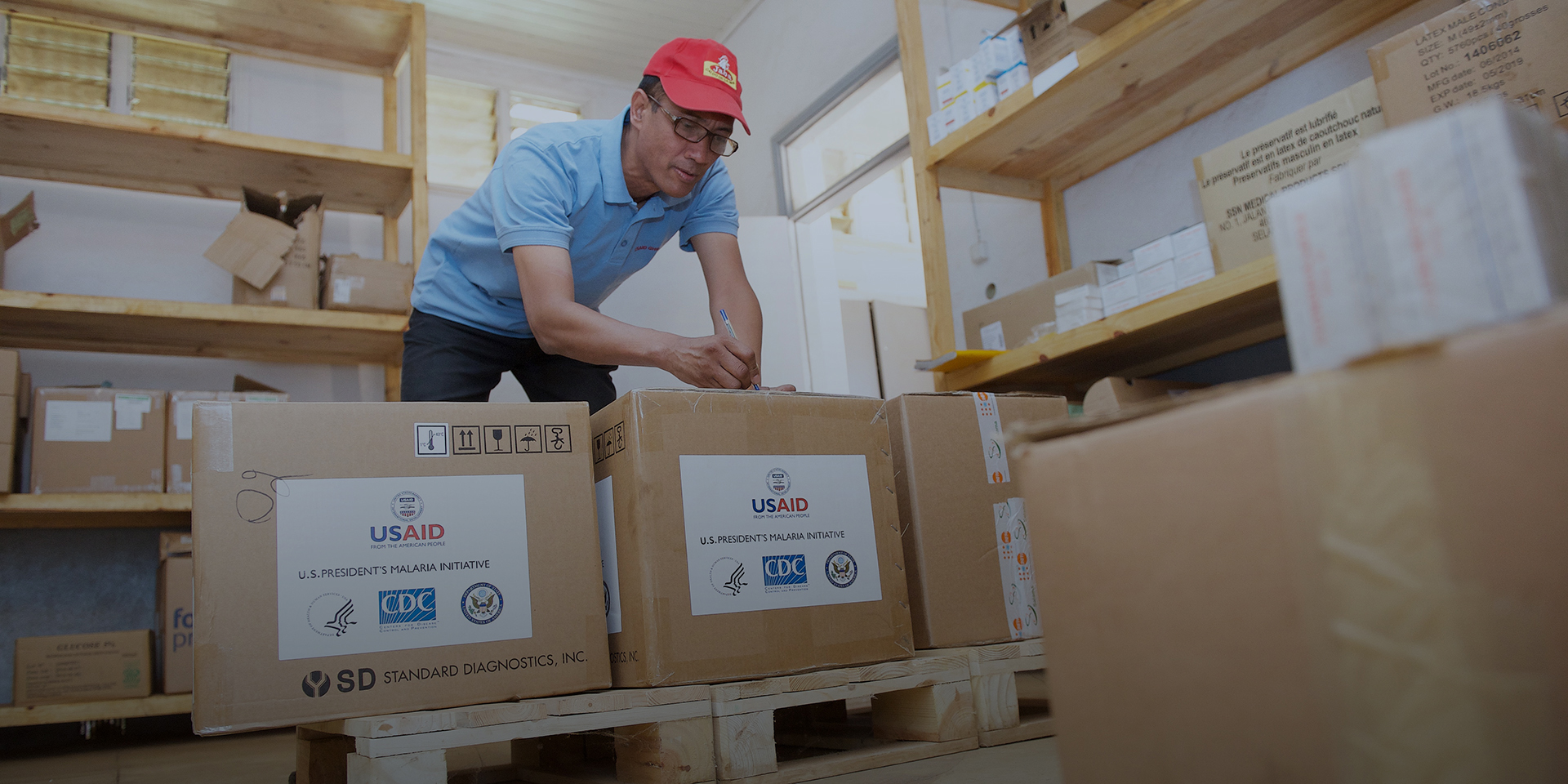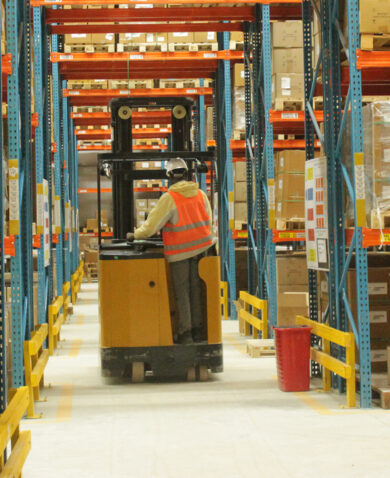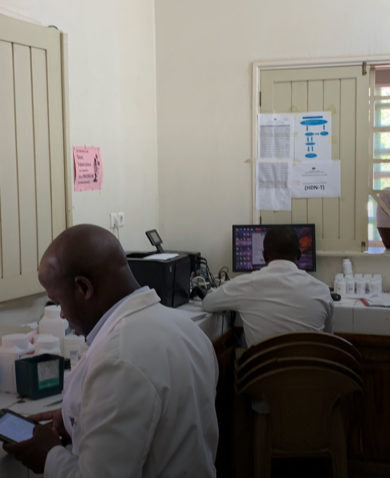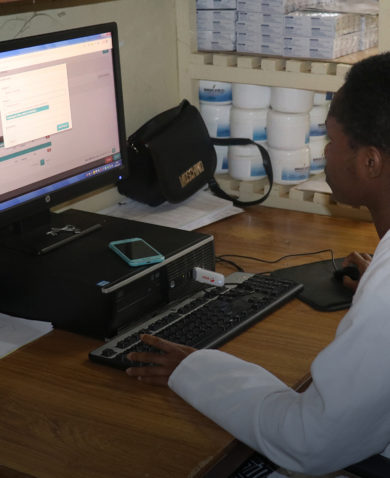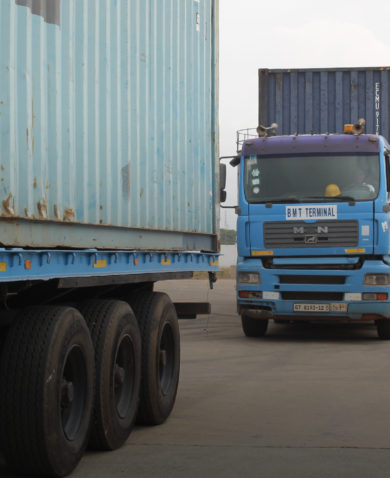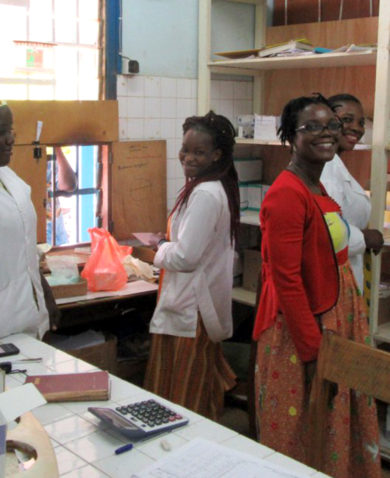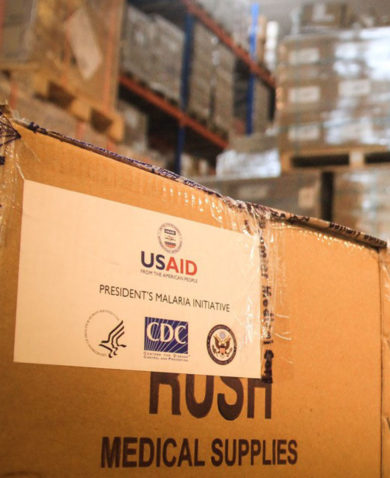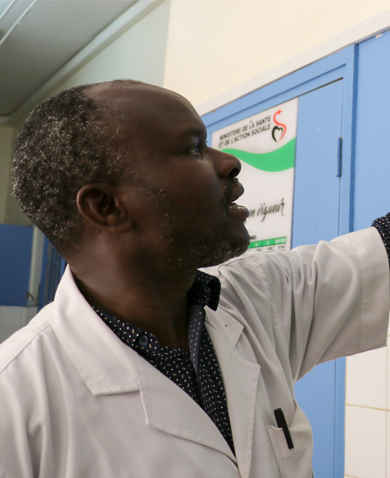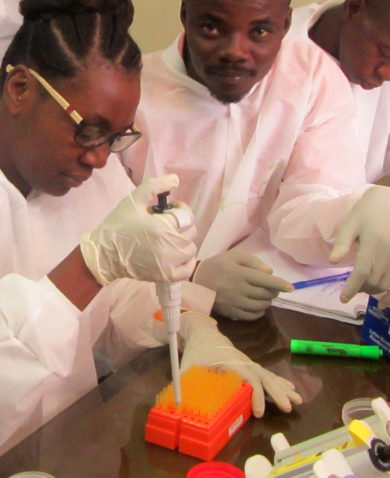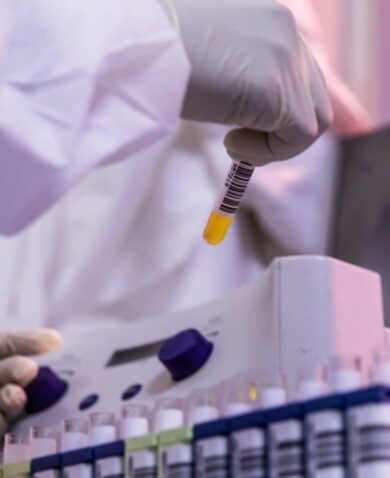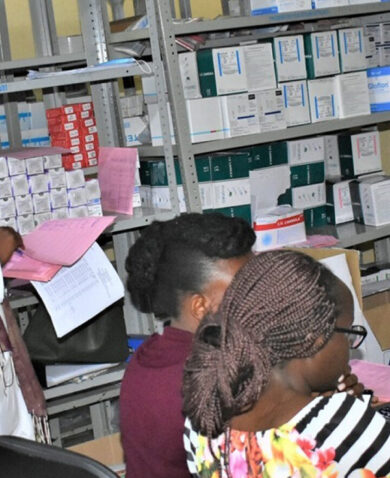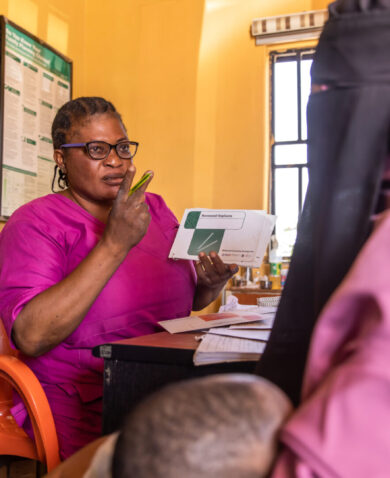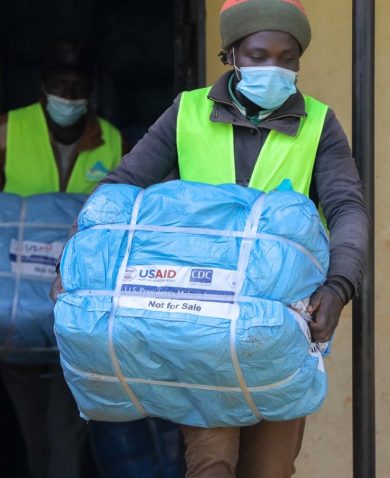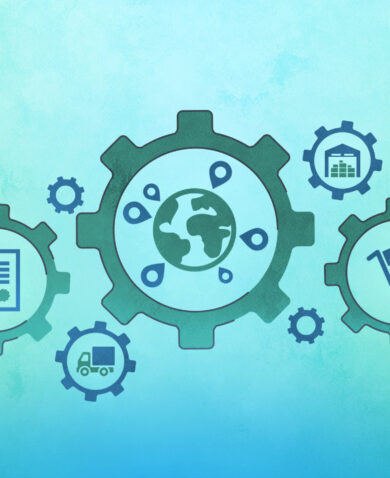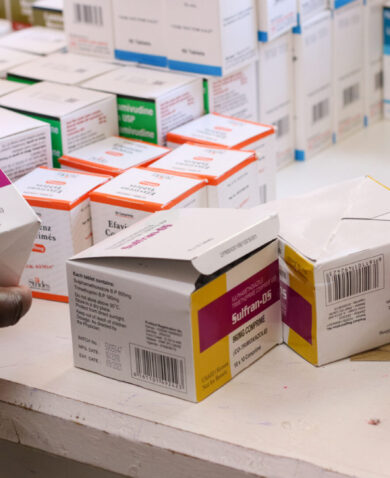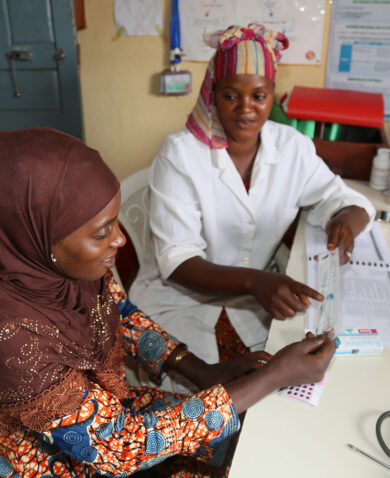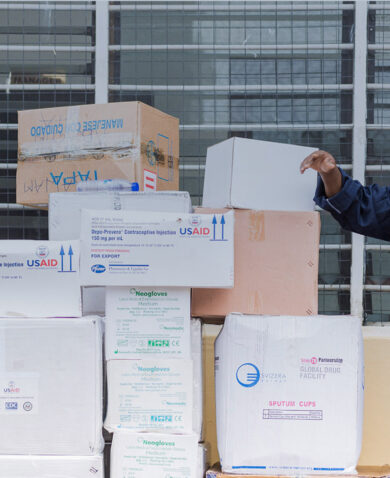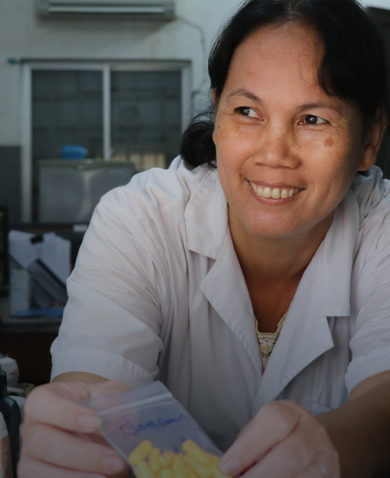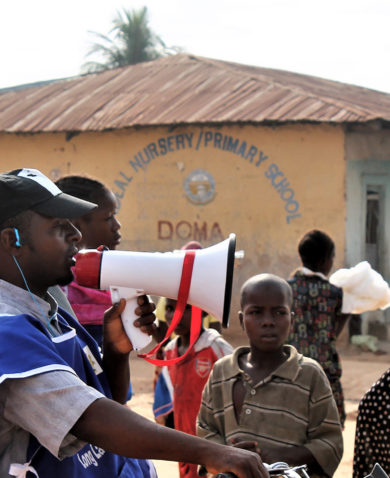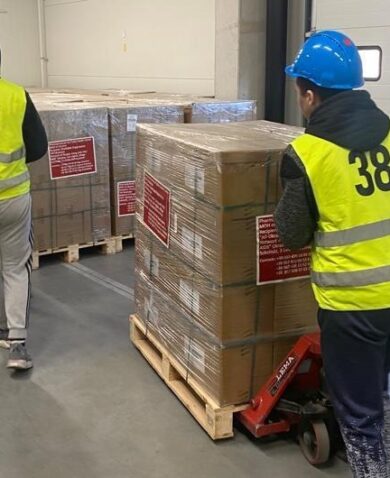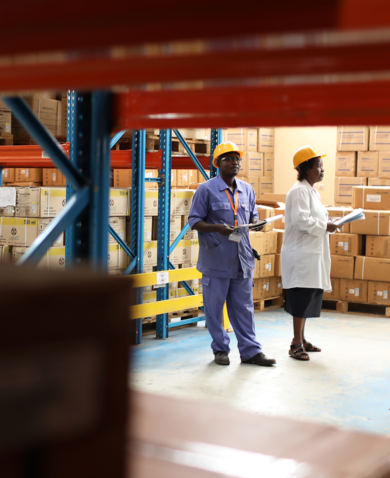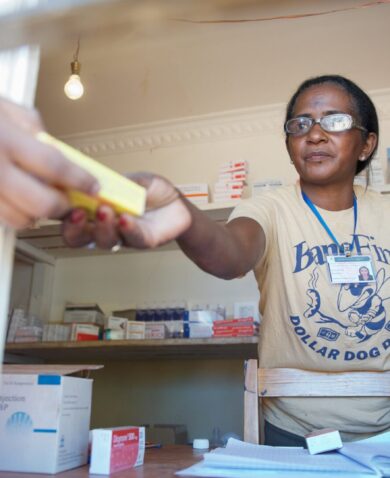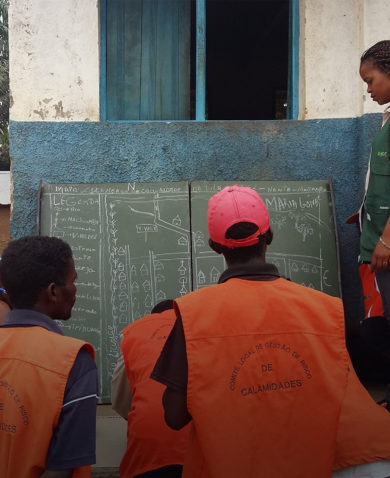Finding efficiencies in supply chains and improving supply chain operations offer an opportunity to reduce costs. Here are three activities that have been implemented in many countries with positive results.
1. Strategic Sourcing and Improved Procurement Processes
The strategic sourcing approach with improved data collection and use can consolidate government procurement capability. This strategy combined with the tracking of market influence and trends can help countries get the best deal possible. The USAID Global Health Supply Chain Program-Procurement and Supply Management (GHSC-PSM) project, implemented by Chemonics, has generated significant cost savings by implementing this strategy. For instance, the project has negotiated contracts that have yielded $8 million in savings per year for an important HIV treatment, $1.3 million per year for viral load tests, and $1 million per year for malaria medication.
In a similar example, the Global Fund to Fight AIDS, Tuberculosis and Malaria funded the Pooled Procurement Mechanism, which, through its market shaping strategy, maximizes purchasing power and negotiates favorable procurement pricing and delivery terms for health products. This approach achieved $205 million in savings in 2017 as a result of implementing effective procurement strategies.
2. In-Country Supply Chain Optimization
By applying innovative processes and modern tools, countries can minimize operating costs such as production, storage, and distribution costs, leading to greater efficiency in the supply chain. One example of the impact that optimization can have on in-country supply chains is the consolidation of GHSC-PSM’s regional distribution network from five to three centers; one each in Belgium, the United Arab Emirates, and South Africa. This is projected to save $38 million over six years through reduced warehousing and transportation costs and decreased lead time for countries in need. Moreover in Nigeria, where GHSC-PSM directly supports implementation of all aspects of the in-country donor supply chain, the project directly supported storage and transportation efficiencies that are projected to save $2.3 million a year.
3. Enhanced Visibility
Lack of visibility leads to supply chain malfunction which leads to stockouts, overstock, and increased cost of health products at the health facility level. Stockouts at health facilities, combined with expensive medicines, are detrimental to health programs. To better track stock levels and the availability of health commodities, countries are setting up end-to-end (E2E) data visibility through platforms called control towers. A control tower is a central hub with the required technology, structures, and processes to capture and use supply chain data to provide enhanced visibility for short- and long-term decision-making aligned with strategic objectives. The successful implementation of control towers is the greatest enabling factor to supply chain agility and responsiveness. Although countries with limited infrastructure will face issues around Internet connectivity, electricity coverage, and human resource capability, and therefore may struggle to implement their E2E data visibility initiatives, these challenges can be overcome through strategically targeted support to better leverage these innovative approaches. According to One Network Enterprises, the expected benefits of successful implementation of control towers are five to 10 percent reductions in freight costs, 20 to 50 percent reductions in planning staff, and 20 to 30 percent reductions in inventory levels.
In Nigeria, Chemonics is partnering with One Network Enterprises, the global provider of a multi-party digital network platform and services, to set up a control tower and achieve E2E data visibility. Use of this platform is expected to result in up to $2 million in savings each year.

